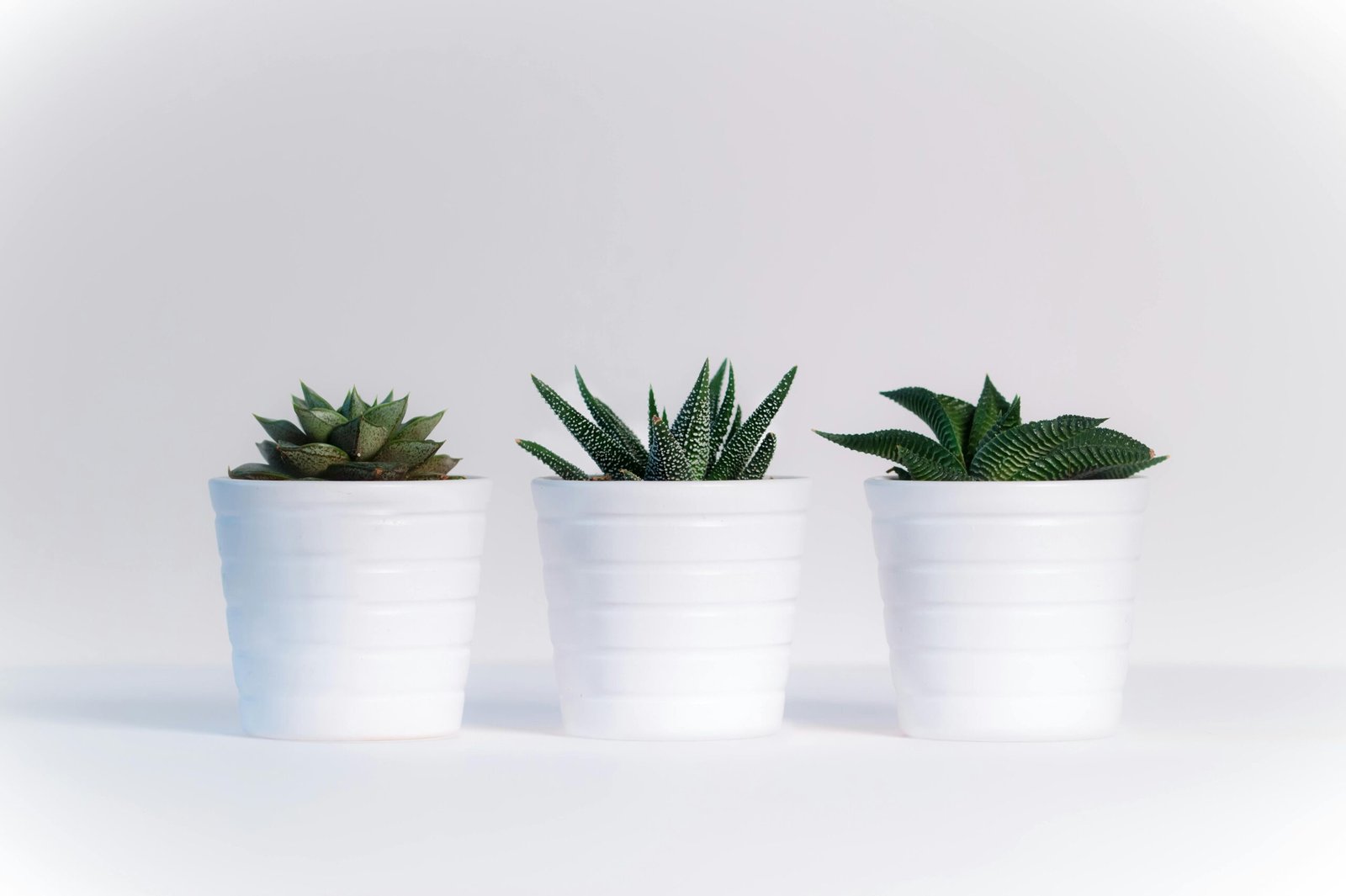Fungus gnats are small, mosquito-like insects that can be a nuisance for indoor plant owners. While adult gnats don’t harm plants, their larvae can damage roots, leading to stunted growth and yellowing leaves. If you’re dealing with a fungus gnat infestation, here’s how to effectively eliminate them and prevent them from coming back.
1. Identify the Problem
Fungus gnats are often mistaken for fruit flies, but they are attracted to moist soil rather than food. You’ll notice them flying around your plants or hovering near the soil. The larvae, which are tiny, white worms, live in the soil and feed on organic matter, including plant roots. If your plants are experiencing poor growth and you see these small flies, it’s likely you have a fungus gnat problem.
2. Reduce Watering
Fungus gnats thrive in damp environments, so the first step in controlling them is to reduce watering. Allow the top 1-2 inches of soil to dry out between waterings. This makes the environment less hospitable for the gnats and helps to kill off the larvae in the soil. Be careful not to let the soil dry out completely if your plant is sensitive to drought.
3. Use Sticky Traps
Yellow sticky traps are an effective way to catch adult fungus gnats. Place the traps near the affected plants or directly on the soil surface. The bright yellow color attracts the gnats, and they become stuck to the trap. This method helps to reduce the adult population, preventing them from laying more eggs.
4. Treat the Soil
To kill the larvae, treat the soil with a biological control like Bacillus thuringiensis var. israelensis (BTI), a natural bacterium that specifically targets fungus gnat larvae. You can find BTI in products like mosquito dunks or granules, which you can mix into the water when watering your plants. This will help eliminate the larvae without harming your plants.
5. Improve Drainage
Ensure that your plants are in well-draining pots and soil. Poor drainage leads to waterlogged soil, creating the perfect breeding ground for fungus gnats. Use pots with drainage holes and a light, well-aerated soil mix to promote healthy root growth and reduce excess moisture.
6. Prevent Future Infestations
To prevent future infestations, maintain proper watering practices and avoid overwatering. Regularly inspect your plants and soil for signs of fungus gnats, especially during the winter months when indoor humidity is higher. Adding a layer of sand or diatomaceous earth on top of the soil can also deter gnats from laying eggs.
By following these steps, you can effectively get rid of fungus gnats and keep your indoor plants healthy and thriving. Regular monitoring and proper plant care are key to preventing these pesky insects from returning.

